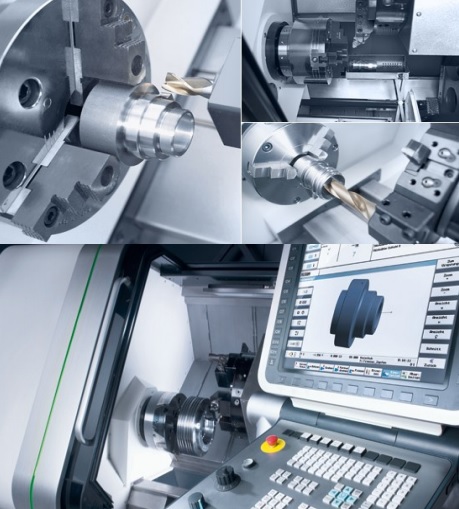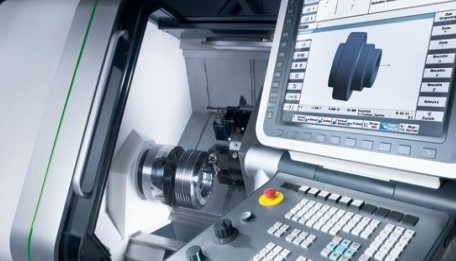Today, we talk about one of the milestones of modern mechanics and industrial automation. We are going to talk about computer numerical control or better known as CNC.
THE CNC
Computer Numerical Control or shortly CNC is a control system that coordinates the movements of a machine tool to let it follow the predetermined trajectories on specific axes, excluding operator intervention.
Acronyms indicating the numerical control system are: NC, Numerical Control; CNC, Computer Numerical Control.
HISTORICAL BACKGROUND
- In the late 1947, John T. Parsons projected a control system measuring several points in succession;
- In 1951 the Boston, MIT complete the system designed by John T. Parsons with a computer;
- In 1957, the first IBM Numerical Control Machines were built in the USA;
- In 1959 Olivetti plans, builds and installs the first Numerical Control machines in Italy.
THE ADVANTAGES OF COMPUTERIZED NUMERICAL CONTROL
The advantages are many and can be summarized as follows:
- Speed;
- Precision;
- Repeatability;
- Adaptability;
- Flexibility;
- Agility
CNC MACHINES

The majority of modern machine tools is controlled by CNC. The CNC makes possible to achieve high precision machining. The Modern and the best CNC machines can reach a precision of one-tenth of a millimeter (100 nanometers). Virtually an impossible result to perceive for the human eye.
Modern advanced CNC machines such as 5-axis machining centers, can be equipped with turnable heads (in this case tiltable axes) that can rotate gyroscopically along two axes. This system allows to tilt the tool over all workpiece making possible to create complex designs that are hardly obtainable through manual machining.
The tilting heads also allow to optimize machining by allowing the tool to be inclined with respect to the table, excluding the possibility of using the tool part at zero speed (center of rotation of the cutter)
All modern control machines are “closed loop”: each axis has encoders (rotary encoders or optical lines) allowing control to know at any moment the position of the machining head relative to the workpiece.
The use of optical lines allows to completely recover the gaps of the transmission by measuring directly, not through the cinematic, the position of the axis, guaranteeing greater precision of work.
On the online catalogue of Makinate.com you will find a wide selection of available used machine tools for sale.
Please contact us if you want to sell your used machine tool or you can directly post your ad on our online catalogue. Click on the green button below:
